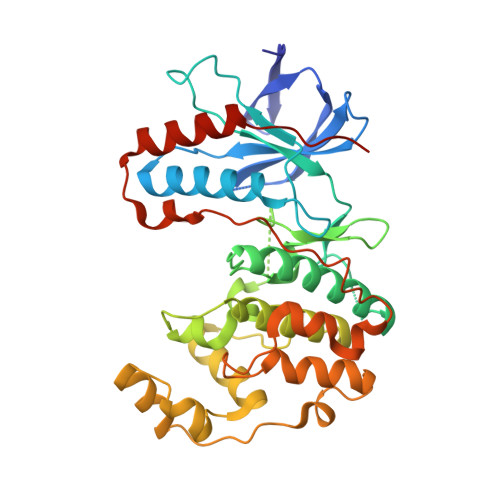Natural-product-derived fragments for fragment-based ligand discovery.
Over, B., Wetzel, S., Grutter, C., Nakai, Y., Renner, S., Rauh, D., Waldmann, H.(2012) Nat Chem 5: 21-28
- PubMed: 23247173
- DOI: https://doi.org/10.1038/nchem.1506
- Primary Citation of Related Structures:
4EH2, 4EH3, 4EH4, 4EH5, 4EH6, 4EH7, 4EH8, 4EH9, 4EHV - PubMed Abstract:
Fragment-based ligand and drug discovery predominantly employs sp(2)-rich compounds covering well-explored regions of chemical space. Despite the ease with which such fragments can be coupled, this focus on flat compounds is widely cited as contributing to the attrition rate of the drug discovery process. In contrast, biologically validated natural products are rich in stereogenic centres and populate areas of chemical space not occupied by average synthetic molecules. Here, we have analysed more than 180,000 natural product structures to arrive at 2,000 clusters of natural-product-derived fragments with high structural diversity, which resemble natural scaffolds and are rich in sp(3)-configured centres. The structures of the cluster centres differ from previously explored fragment libraries, but for nearly half of the clusters representative members are commercially available. We validate their usefulness for the discovery of novel ligand and inhibitor types by means of protein X-ray crystallography and the identification of novel stabilizers of inactive conformations of p38α MAP kinase and of inhibitors of several phosphatases.
Organizational Affiliation:
Max-Planck-Institute of Molecular Physiology, Otto-Hahn-Strasse 11, D-44227 Dortmund, Germany.
















